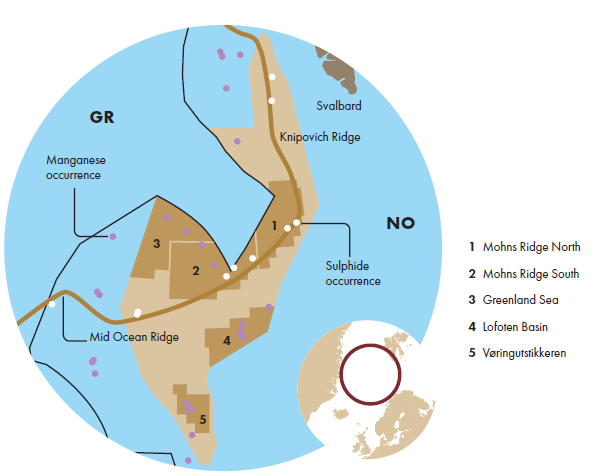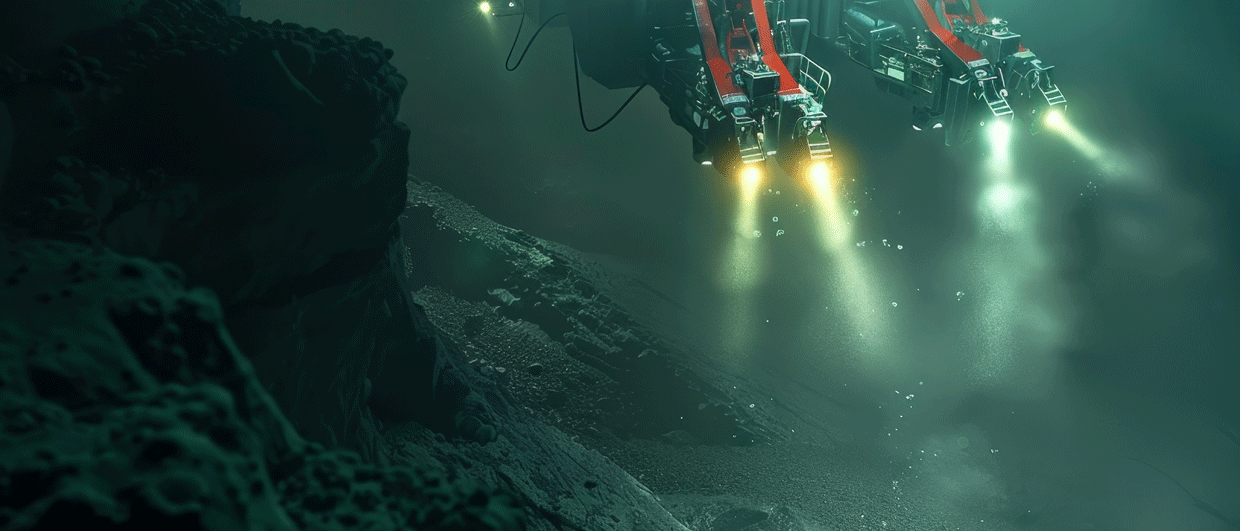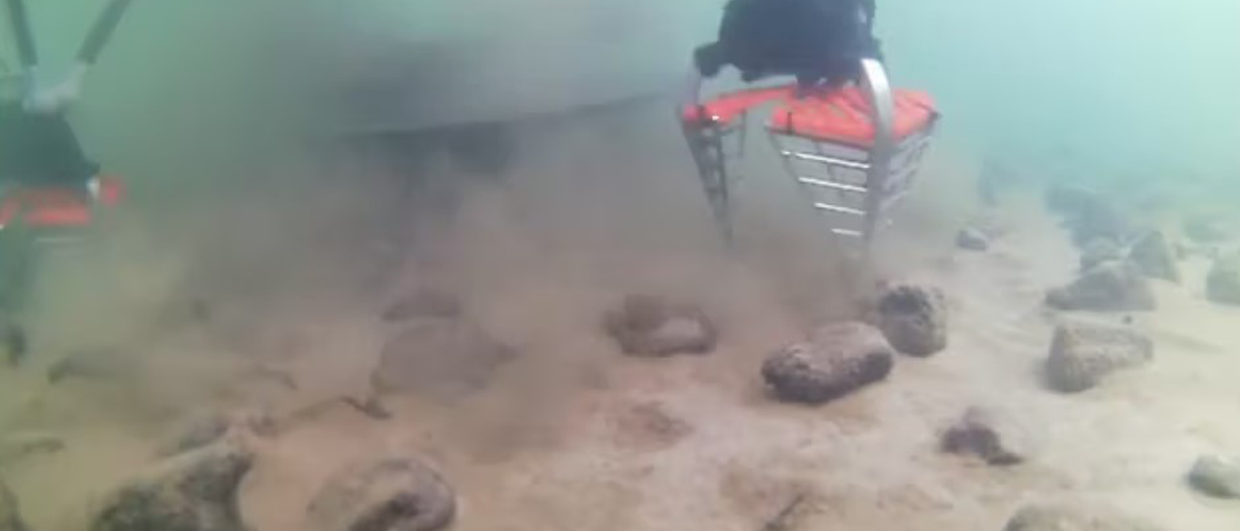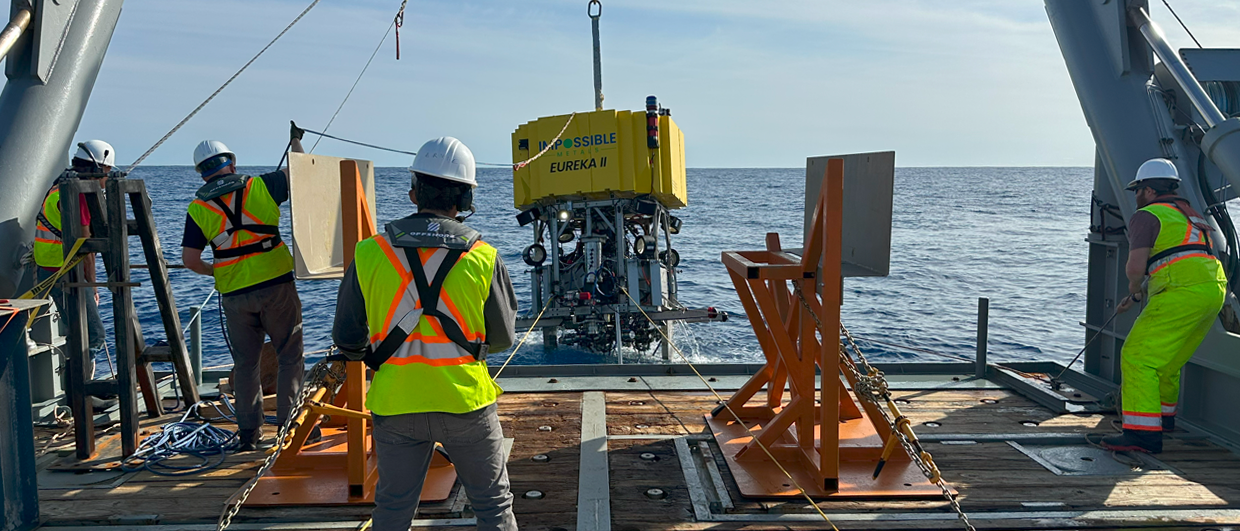Not unexpectedly, the wide range of consultation bodies expressed different views and recommendations related to the proposal, which includes 386 blocks divided into five areas: Mohns Ridge North and South, the Greenland Sea, the Lofoten Basin and the Vøring Spur.
Despite the fact that the upcoming licensing round aims to distribute production licenses to exploration companies, the companies will not be able to start production until they have received approval for a plan for production. This must be approved by both the Ministry of Energy and the Storting. In practice, an extraction license will initially only give the right to start exploration activities.

There were 72 consultation bodies that submitted their views to the Ministry of Energy. These bodies can be categorized as commercial actors, research or management actors, environmental protection and industry organizations and private individuals.
By and large, most bodies agree that more knowledge about the environment and ecosystems, geology and resources, and choice of technology is necessary. The government and industry are among the advocates who believe that a step-by-step opening process in which commercial actors can participate in collecting the necessary data would be the best approach to ensure a solid knowledge base.
Adepth Minerals points out that the Norwegian Continental Shelf Directorate’s model for open and cost-effective data sharing has worked well in other ocean-based industries and can be advantageously applied to seabed minerals. Specifically, they suggest that the Norwegian Offshore Directorate should be given a central and coordinating role regarding research activities and data collection. This was also communicated by the industry organization Offshore Norway.
The Center for Deep Sea Research (University of Bergen) highlighted the importance of protecting areas with active hydrothermal activity and believes that exploration activity in these areas should also be regulated to minimize the impact on ecosystems.
The center also emphasizes that private companies cannot be solely responsible for the necessary knowledge acquisition within a given license, and is positive that it is planned that mapping of nature and diversity will also continue under state auspices.
The environmental organizations agree with the government and several of the other consultation bodies that knowledge about the deep sea is currently not good enough. However, they believe that this means that the licensing round should be stopped.
Among the consultation bodies we also find one oil company – M Vest Energy. They point out the importance of a precautionary principle where mapping the current knowledge gaps for the affected areas must be prioritized. The company does not rule out that parts of the proposed areas may have potential for petroleum resources, primarily gas. They, therefore, want to facilitate coexistence, where any land conflicts are as small as possible.





